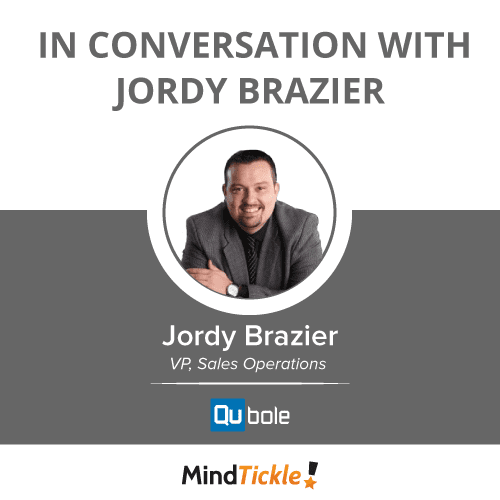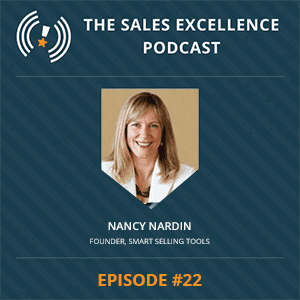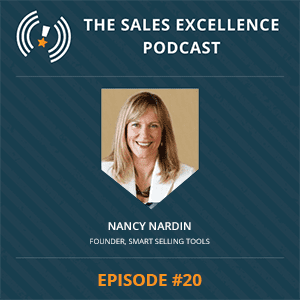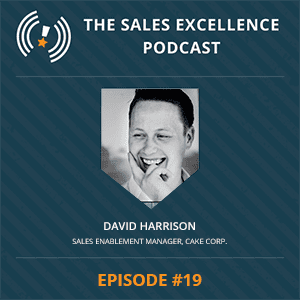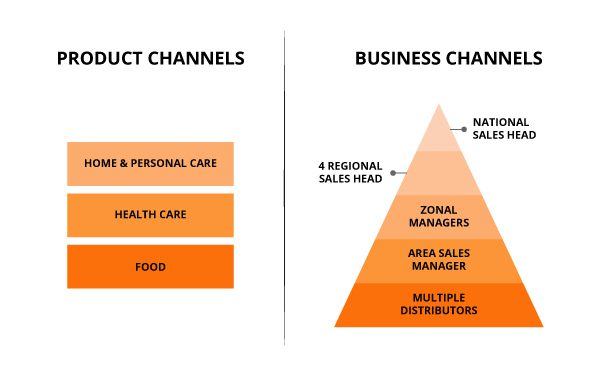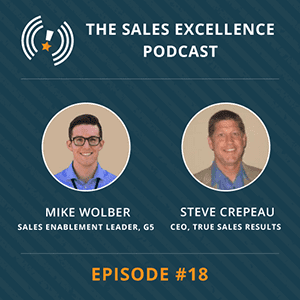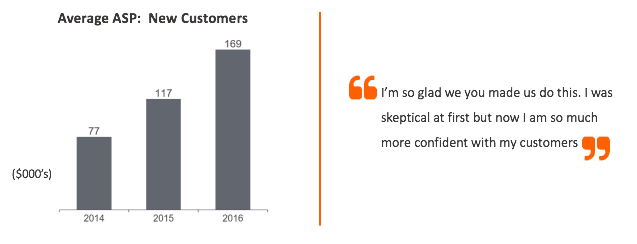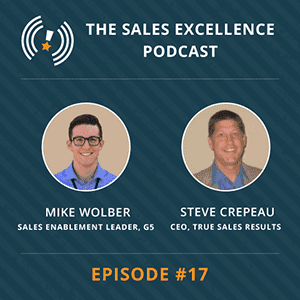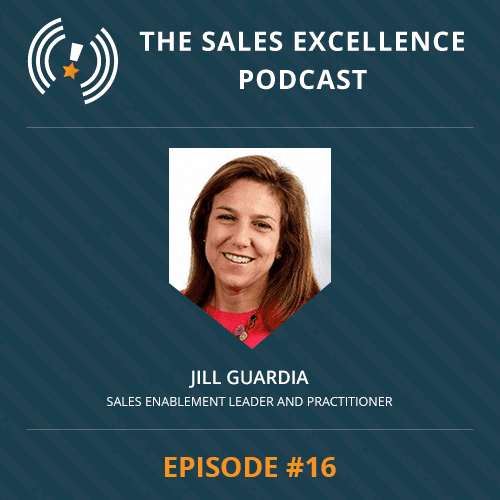In Conversation with Christopher Fulmer
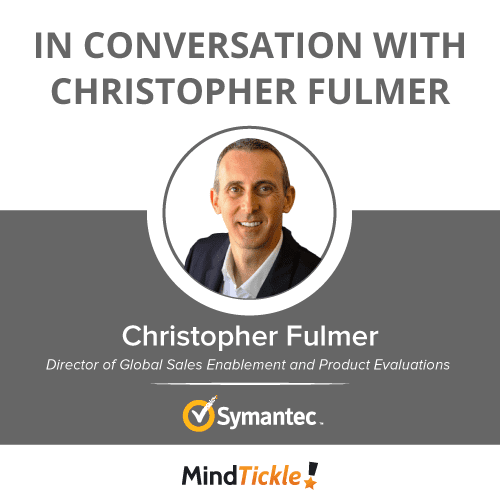

“Our team in enablement is held responsible for making sure the sales teams have what they need to be successful. It’s their responsibility, and their manager’s responsibility, to make sure they’re continually taking those steps to stay educated. Sales enablement is not just training. My team partners with key teams within our company such as product management, engineering, product marketing, sales leadership, operations, finance, and HR to drive forward the end goal of making us all successful. I’ve found a lot of success when we form those strategic partnerships. When sales win, we win. That’s where we find our success.”
Initially Blue Coat, before being acquired by Symantec, introduced Mindtickle to their sales team. “We took a sales kickoff, which could have been perceived as a challenging time to roll out the technology, and chose that as the time to roll out Mindtickle. This environment, where sales were coming together, helped us roll out Mindtickle as it was an essential tool at that sales kickoff. Because Mindtickle has the flexibility to create separate audiences, it allowed us to push out personal agendas, quick references, surveys, and feedback,” he explained.
“When we left that sales kickoff, every sales rep had been on Mindtickle, was using the tool, knew how to navigate it, and was comfortable with it. When they got back in their sales roles, and I needed to get product information out, I knew that I was pushing it to a team that could quickly absorb it,” he continued.
Blue Coat continued to leverage Mindtickle as their sales team grew
“We found ourselves growing at a hyper rate,” Christopher explained. “We were a fast-moving company in a constantly changing environment. We were leveraging Mindtickle for two main things during that time – our incoming new hires and our existing salesforce.”
“In the cybersecurity area, your entire industry can take a left turn overnight. With just one outbreak or vulnerability, things can dramatically change. How quickly you get information to your sales team and they understand, absorb and go forward with that information can be a driving force as to whether you have a successful outcome. That’s one of the areas that we found success with Mindtickle,” he continued.
According to Christopher, sales onboarding was another way Blue Coat successfully leveraged Mindtickle. “We were onboarding 25 to 35 new sales reps per month, at a minimum, and there were months where we were just wearing out our team running onboarding sessions every week or two. We were able to use Mindtickle to experience faster ramp-up times with our incoming sales reps,” he explained.
Sales enablement was crucial when Symantec acquired Blue Coat
“An acquisition is a great opportunity for sales enablement to be engaged. During Symantec’s acquisition of BlueCoat, our main challenge was how to enable two separate sales teams concurrently. We also had a couple of back-office systems like SFDC. We were able to work with them by working with the Mindtickle team,” Fulmer explained.
“We had a big desire to communicate to the field, and everybody within the company had something they wanted to communicate to them – our integration team, our executive leadership team, and the sales teams. Mindtickle gave us the ability to push out corporate communications, a corporate pitch, and executive communications to the teams very quickly. Through the technology, we were able to target specific teams and simplify messaging. It was a huge benefit to us as we went through that acquisition.”
Symantec now uses Mindtickle to enable their sales teams
Fulmar identified four ways that Symantec still uses Mindtickle to enable their sales teams:
1. Onboarding
“An Olympic rowing team is all in sync. Everyone’s got their hand on an oar and they’re driving that boat forward as fast as they can. That’s like a highly effective sales team in action. Everyone with a single focus, driving the boat forward, in sync, working together. A new hire, until that person is ramped up and effective, is in a big pool float dragging behind the boat. They’re not helping, they’re slowing things down. My job is to get that person out of the water, in the boat, put an oar in their hand, and get them working with the team,” explains Fulmar.
Mindtickle is used by Symantec for their onboarding program as Fulmar explains, “I can use it for pre-work to level the playing field so when they do arrive at an onsite training everyone is on the same page. I really need that time, onsite, to be high value, high return. Technology allows us to do that. The ability to track the pre-work and verify that they’ve done it with quizzes and certifications adds the ability to see where there may be gaps or where you need to spend a bit more time with an individual before, so they’re on the right page when they come in. The strengths of the analytics give us the ability to do that.”
“Having them jump on that technology as part of the onboarding process sets the new hires up for success as they continue in their life as a sale team member. I teach them, from day one, how to use that tool and where to find value in it. They’re much more likely to use it when they get in the field than if I wait and expose them to that tool after they’ve been at their onboarding session as a new hire,” Fulmar continues.
2. Quick updates
“This is a big area where we leverage Mindtickle. When I say quick updates, I want to be realistic on what quick is. If it’s something that’s going to take an hour or multiples hours to read and absorb, that’s not my target for a quick update. I use it for something that they can quickly access and absorb. A product update, something around a product release, executive communications, or sales communications are things that I push out in that quick format,” Fulmar explains.
3. Coaching
“The landscape has changed in the sales enablement world over the years,” according to Christopher. “For example, when we used to work on a corporate pitch, we wanted to “certify” the sales reps on it. So we would come up with a plan where someone from my team and someone from the sales management team would get in a room together. We would then ask the sales rep to take time away from the field and come and give that corporate pitch to us so we could certify them. As you can imagine, it was very costly and took time.”
“Now we use Mindtickle. If I want to know whether everyone knows how to articulate our corporate message I can give them an example of me giving that corporate message and then ask each of them, using Mindtickle, to record themselves. They then send that to me on Mindtickle and I can give them feedback and send it back to them. If there needs to be a correction, I can do the correction and send it back to them. They can then redo it and send it back to me.”
“Basically, I can certify that they understand that message without ever having to get on a flight or asking them to take time out of the field. Coaching with Mindtickle is an area that we’re just scratching the surface on now and have found success with,” outlines Fulmar.
4. Surveys and feedback
“I use this when we do a meeting, such as a sales kickoff, to get feedback on the speakers and identify any hot topics the team may want to hear before the meeting. We then push information out to the reps afterward and understand whether that information has been absorbed, they understand it, and if we need to spend more time on it,” explains Fulmar.
Data-driven sales enablement is crucial to maximizing sales effectiveness
“Data is what allows you to show that something you’re doing is working. Without the data, it’s your opinion. I want to be able to show management with something that can be measured and show a result,” according to Fulmar.
“Just a quick example, NFL players go in on day one of offseason and do measurements like strength, speed, agility. They have a measurable starting point. Then towards the end of the offseason training program, they go back and remeasure. They can show where there has been growth and where they didn’t get the growth they expected. Until they have those measurable results, a general manager can say we had a great offseason. Unless you have measurable results, how do you back that up? That’s why I feel like data-driven sales enablement is important for maximizing the sales effectiveness,” he explains.
“Whether we’re running a report on our entire sales force or our managers are running a detailed manager dashboard, Mindtickle gives us the analytics to maximize our sales effectiveness.” Fulmar identified three areas in particular:
- It gives the ability to take data and continually learn and refine how they enable their sales team;
- It highlights what the sales team is using—what content are they taking advantage of and what are they not; and
- If they’re not using content it allows sales enablement to question why. Perhaps the format didn’t work well or the information wasn’t right.
“If I’m looking at the numbers, I can see that kind of information and make adjustments to move forward. I can also show value to our leadership team. If I can show that people within our top 20% of sales are also those people that are our top users on Mindtickle, then I can show a direct correlation that our top people are taking advantage of the technology. Being able to show that kind of value to our senior leadership team, to our board, that’s priceless!”


